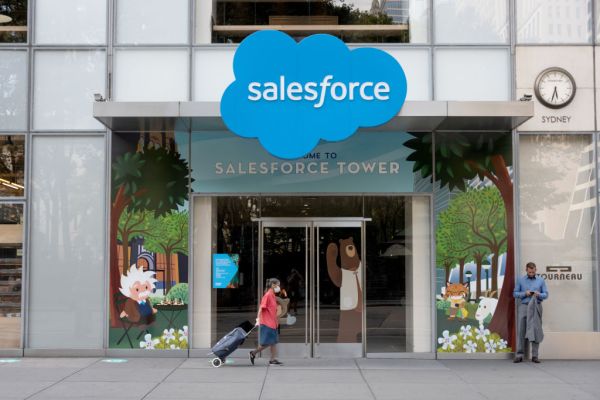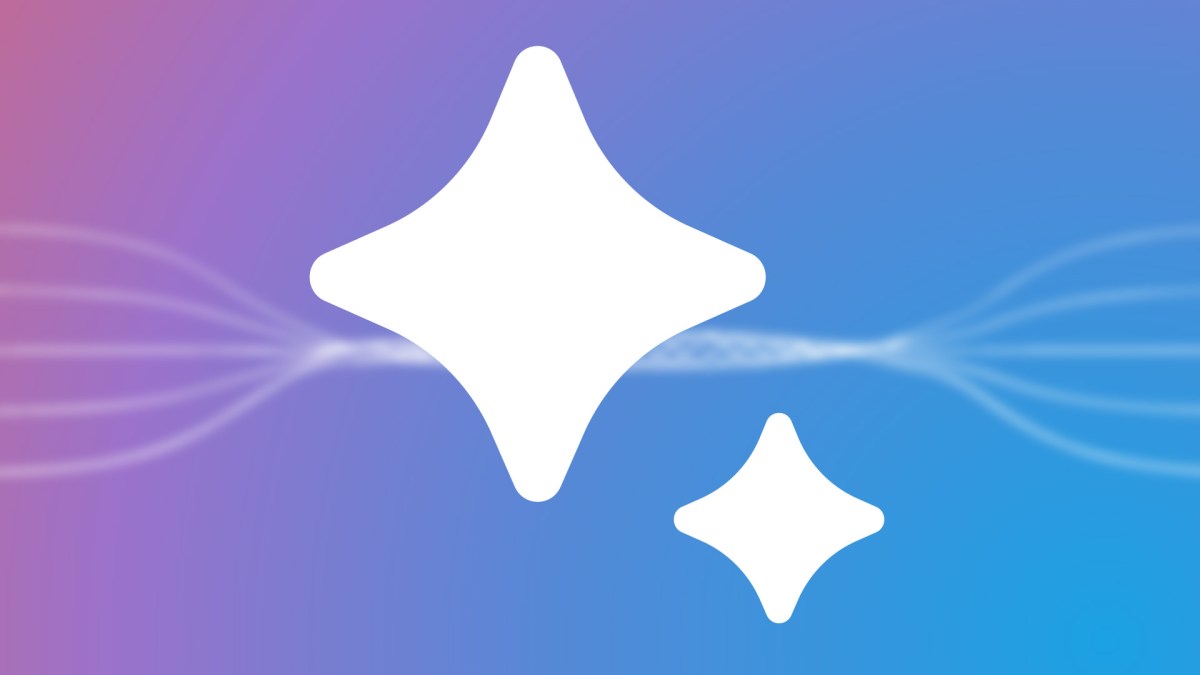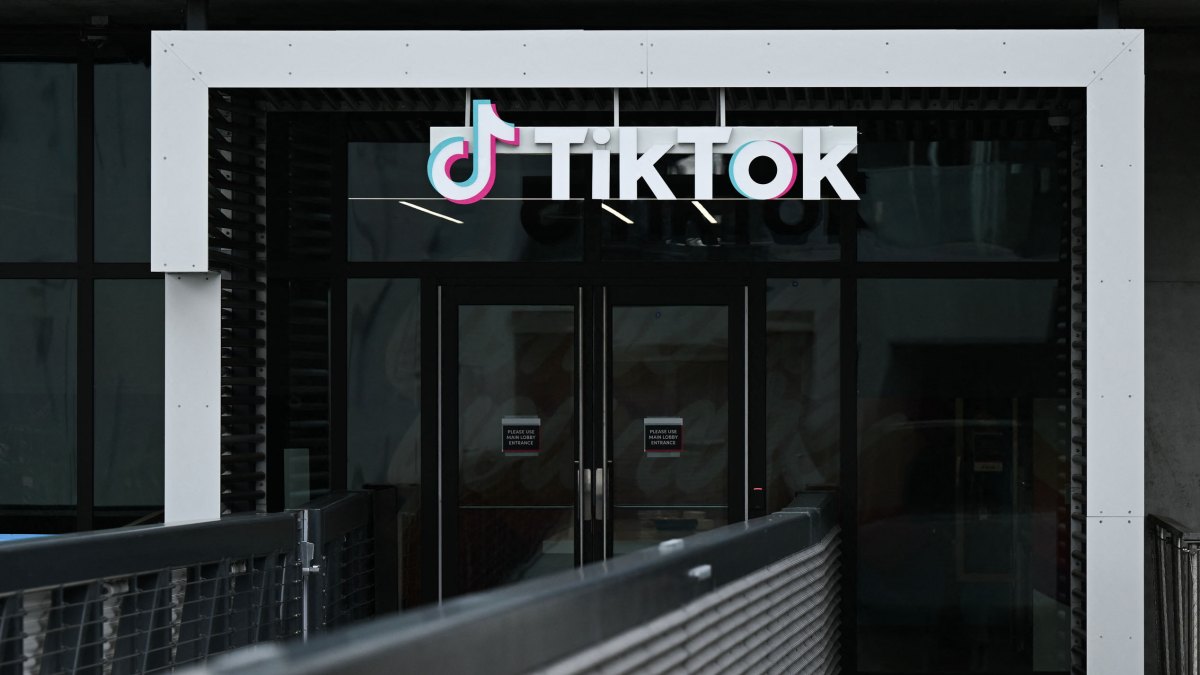Salesforce tightens Slack integration with new SDD – TechCrunch
This week during its TrailblazerDX 2022 conference, Salesforce announced a new set of low-code developer tools and integrations intended to bring Slack and Salesforce’s broader software portfolio closer together. Called Salesforce Platform for Slack, Salesforce says that the new software development toolkit will “empower” Salesforce developers to build custom Slack apps that ostensibly improve the customer experience at their organizations.
In the three years since Salesforce acquired Slack for $27.7 billion, the company has made progress — albeit slow — in positioning the chat platform as a central part of its product ecosystem. Last August, Salesforce announced Slack integrations with Sales Cloud, Service Cloud, Marketing Cloud and Tableau, including workflow notifications that update Slack channels when changes to a marketing journey are made. More recently, Salesforce launched new media sharing options in Slack and a government tier, GovSlack, designed for public sector customers with strong compliance requirements.
“Since Slack’s acquisition by Salesforce was completed, we’ve been firmly focused on how the unison of these two companies will result in better, more seamless outcomes for our customers — and deliver unique value for developer and business communities,” Rob Seaman, Slack’s SVP of platform product management, told TechCrunch in an email interview. “Salesforce Platform for Slack is an exciting next step to deeply integrating [Salesforce] across Slack by making it easier than ever to put the functionality — the actions, workflows, data and business insights — from Salesforce right in Slack, the place where people are already working.”
Toward this end, the new Salesforce Flow in Slack toolkit — a part of Salesforce Platform for Slack — lets developers build Slack automations with support for Salesforce data and actions. With Slack Actions, developers can automate basic tasks like creating Slack channels to collaborate with stakeholders and sending account status updates to colleagues. Screen Flows, another component of Flow in Slack, allows users to build multi-step workflows in Salesforce that can be reused within Slack.
Salesforce Platform for Slack also introduces the Apex SDK for Slack, which lets developers use Salesforce’s Apex language to fetch customer records and create reusable views. The new SDK — which uses Block Kit, Slack’s UI framework for Slack apps, to automatically generate the necessary frontend code — also supports routing events between Slack and Salesforce and vice versa, without middleware.
“Currently, developers build complex integrations that involve third-party middleware solutions, complicated data and metadata mappings, event routing, and many other prerequisites. But Apex SDK for Slack allows Salesforce developers to get right to building using the code and tools that they’re already familiar with,” Seaman said. “As an example, a developer might want to build a shortcut in Slack that looks up customer usage data and displays it in an account team channel. You can build a simple app that uses a Salesforce Object Query Language (SOQL) query to collect the data of interest and display it in Slack. The Apex SDK takes care of all of the underlying plumbing so you can just focus on your business logic. Alternatively, developers who are already using or working with Salesforce apps can use the Apex SDK, with its familiar coding language, to extend those apps to integrate with Slack.”
To accompany the release of Salesforce Platform for Slack, Salesforce launched three Slack apps in beta (ahead of general availability in June) that were built using the new developer tools: Sales Cloud for Slack, Service Cloud for Slack, and Marketing Cloud for Slack. Sales Cloud for Slack automates deal status updates to sales teams and maintains records in Salesforce, while Service Cloud for Slack assigns service cases to team members as they come in. Marketing Cloud for Slack, meanwhile, automatically alerts sales teams in Slack when leads are generated.
“We’ll continue to build integrations between Salesforce and Slack to empower customers with the ability to leverage Salesforce’s comprehensive system of record, business insights, powerful tools, and deep platform capabilities — right from where people are already working together in Slack,” Seaman said. “We’ll have integrations for each of the Salesforce cloud products and industry solutions. We expect many to become generally available this year and we’ll have more to share as those integrations are released. ”
When Salesforce announced its plans to buy Slack in 2020, analysts were skeptical that the company – which paid a substantial premium for Slack shares — could successfully layer the chat platform on top of its existing offerings. UBS analysts wrote at the time that the synergy story “wasn’t convincing,” while Mizuho Securities analysts said that they were “uncertain how well [Salesforce] would monetize this asset.”
In 2020, analysts surveyed by Refinitiv projected that Slack would generate $876.3 million in revenue in fiscal year 2020. (Slack had 156,000 paying customers and more than 10 million users as of February 2021) That’s a fraction of the $17.1 billion in revenue Salesforce notched that same year.
Salesforce Platform for Slack might be Salesforce’s most meaningful step yet in the direction of platform unification — and cross-selling. But in the face of continued competition from rivals such as Microsoft Teams, Google Chat, and even Zoom, it’s unclear to what extent tighter integration with Salesforce products will convince skeptics to shell out for a Slack subscription.
“By empowering more than 11 million Salesforce developers to build time-saving Slack apps natively on Salesforce Platform without learning a new programming language, we’re creating an opportunity to massively scale Slack apps and workflows across both Salesforce and Slack,” Seaman said. “No other vendor in the marketplace has ever built anything like this for Slack, and it’s an example of how Slack and Salesforce are jointly innovating their platforms together to make give every team, department and partner what they need to move the business forward.”
Salesforce expects Flow in Slack to launch in beta in June and become generally available in October. A pilot for Apex SDK for Slack will tentatively roll out in June and transition to generally availability next February.




